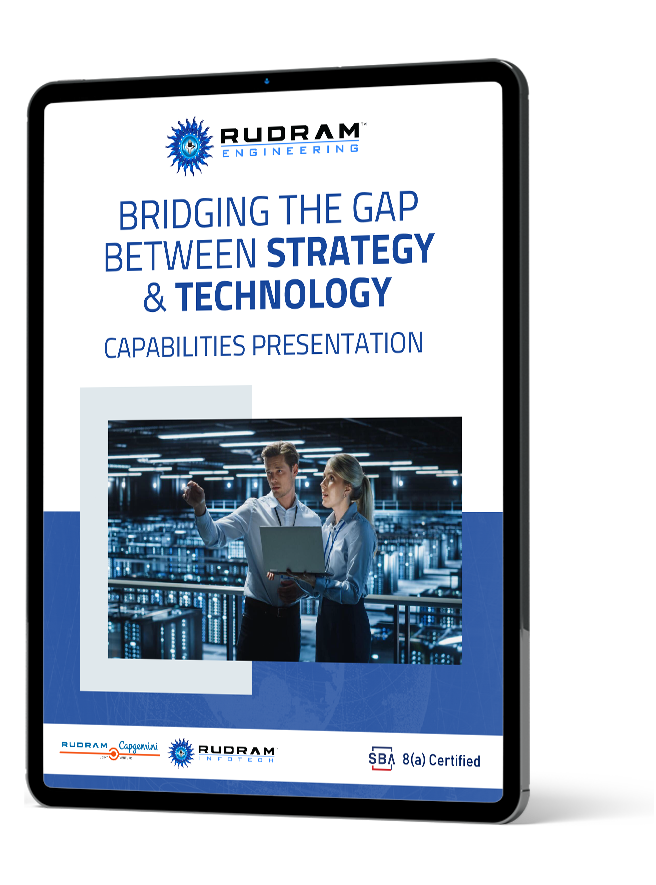In today’s rapidly evolving business landscape, organizations are constantly seeking ways to streamline their operations, reduce costs, and stay ahead of the competition. One strategy that has gained significant traction in recent years is IT outsourcing (ITO). By delegating IT-related responsibilities to service providers, companies can benefit from specialized expertise, enhanced efficiency, and cost savings. This blog post will explore the key trends and use cases of IT outsourcing, drawing insights from the recent publication by Sia Partners, “IT Outsourcing Trends and Use Cases.”
The Rise of Cloud Computing
The COVID-19 pandemic has accelerated the shift towards digital transformation, with nearly 87% of organizations allocating key processes and procedures to the cloud. This transition has been driven by the need for remote work capabilities, enhanced productivity, and flexibility in the enterprise environment. Outsourcing companies are increasingly relying on cloud-based platforms to collaborate effectively with teams around the globe and share information in real-time.
Benefits of Cloud-Based Solutions
Cybersecurity Challenges and Solutions
The rise of remote work and digital transformation has also brought about an increase in cyber threats and data breaches. In 2021, the average cost of a data breach in the IT sector reached a record high of $4.24M. To mitigate these risks, outsourcing firms are investing in advanced security measures such as VPNs, SSL, and multi-factor authentication. Additionally, the worldwide expenditure on information security is expected to reach $170.4B annually in 2022.
Strategies for Ensuring Data Security
Containerization and Microservices
Outsourcing service providers are shifting towards the use of cloud containers and microservices to house IT processes. Cloud containers allow enterprises to bundle processes and data in a simplified and performance-oriented manner, offering more scalable systems. Microservices architecture breaks down applications into smaller, independent services, making them easier to develop, test, and deploy.
Advantages of Containerization and Microservices
Efficient Application Development
Developing software applications internally can be resource-intensive and challenging without experienced developers. By outsourcing these activities to trusted and experienced teams, organizations can achieve more efficient application development, better utilize their team’s time and capital, and focus on core business initiatives.
Key Benefits of Outsourcing Application Development
Focusing on Core Business Operations
After assessing IT requirements, organizations may determine that an in-house IT team is not necessary. Outsourcing IT processes can reduce the emphasis on non-core business operations and provide scaling capabilities through the labor force of service providers. This allows companies to concentrate on scaling their revenue-generating workforce as needed.
Factors to Consider When Outsourcing IT Functions
Conclusion
IT outsourcing has become a strategic tool for organizations looking to streamline their operations, reduce costs, and stay competitive in today’s digital landscape. By leveraging cloud-based solutions, prioritizing cybersecurity, and focusing on core business activities, companies can unlock the full potential of ITO and drive sustainable growth. As the IT outsourcing market continues to evolve, it is crucial for organizations to stay informed about the latest trends and best practices to make informed decisions about their IT strategies.
About Rudram Engineering
Rudram Engineering Inc. (REI) is a well-known pioneer in software systems engineering, recognized for its creative solutions and the latest cutting-edge technologies. By focusing its resources on developing cloud-based technologies, REI further employs the power of DevSecOps to build security into the software development life cycle. The company also adopts Agile software development methodologies to be flexible, effective, and quick in delivering quality software solutions. Rudram Engineering Inc. is a name that epitomizes quality with innovation; it establishes new yardsticks in the industry with solid, scalable solutions that meet the dynamic demands of engineering.
FAQs
1.What are the main benefits of IT outsourcing?
Cost savings, access to specialized expertise, improved efficiency and productivity, scalability
2.How can organizations ensure the security of their data when outsourcing IT processes?
Implement robust access controls, regularly update software, conduct regular security audits, and provide comprehensive security training to employees.
3.What role does cloud computing play in IT outsourcing?
Enables effective collaboration, provides scalable and flexible IT infrastructure, and reduces hardware and maintenance costs.
4.How can outsourcing contribute to efficient application development?
Provides access to skilled developers, reduces development costs, improves code quality, and allows scaling development resources as needed.
5.When should organizations consider outsourcing their IT functions?
If the function does not provide a competitive benefit, if the organization does not need flexibility and control, and if the in-house IT operation is not a core strategic part of the firm.
